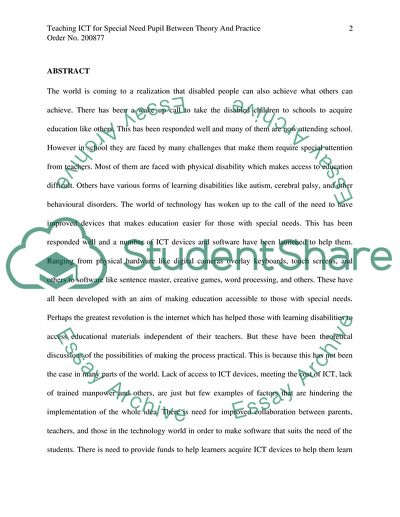Cite this document
(Teaching ICT for Special Need Pupil between Theory and Practice Essay, n.d.)
Teaching ICT for Special Need Pupil between Theory and Practice Essay. Retrieved from https://studentshare.org/education/1711264-teching-ict-for-special-need-pupil-between-theory-and-practice
Teaching ICT for Special Need Pupil between Theory and Practice Essay. Retrieved from https://studentshare.org/education/1711264-teching-ict-for-special-need-pupil-between-theory-and-practice
(Teaching ICT for Special Need Pupil Between Theory and Practice Essay)
Teaching ICT for Special Need Pupil Between Theory and Practice Essay. https://studentshare.org/education/1711264-teching-ict-for-special-need-pupil-between-theory-and-practice.
Teaching ICT for Special Need Pupil Between Theory and Practice Essay. https://studentshare.org/education/1711264-teching-ict-for-special-need-pupil-between-theory-and-practice.
“Teaching ICT for Special Need Pupil Between Theory and Practice Essay”, n.d. https://studentshare.org/education/1711264-teching-ict-for-special-need-pupil-between-theory-and-practice.


